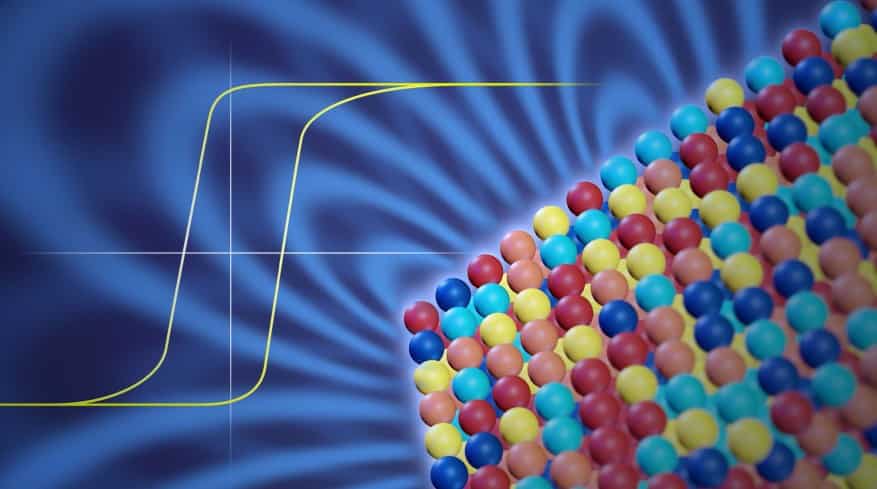
Fossil fuels are increasingly being replaced by electricity generated from the sun, wind, and water. However, sufficient renewable energy is only the starting point towards climate neutrality. A true transition to a sustainable economy is only possible with the electrification of our infrastructures, which depends to a large extent on optimized and cost-effective magnetic materials – for example, in the use of wind turbines, electromobility, or even magnetic cooling as an alternative to conventional gas compression cooling.
To date, however, the best magnets have been produced using rare earths and thus raw materials that will be available in limited quantities for the foreseeable future. The European Union in general is 100 percent dependent on foreign suppliers for 14 out of 27 crucial raw materials. The European Innovation Council is now supporting a Europe-wide research project on new magnetic materials that do not require these critical raw materials led by TU Darmstadt. This will avoid economic dependencies and make the production of magnets more cost-effective, since only readily available raw materials will be used.
Better magnets independent of rare earths and cobalt
“The aim of the project is to synthesize, produce and test new alloys suitable for permanent magnets and magnetocaloric applications without using rare earths and cobalt,” explains Oliver Gutfleisch, professor of functional materials at the Department of Materials and Earth Sciences at Darmstadt University of Technology who is the coordinator of the new project. “This step is crucial to accelerate the electrification of our infrastructures.”
Conventional alloys traditionally consist of one to two main elements and several other elements in small amounts. The research team has now developed a new design concept for magnets: “Our alloys consist of several main elements in relatively high concentrations, known in technical jargon as high entropy alloys. This allows the properties of the individual elements to be fully exploited, which means that the new magnets will not only be more sustainable, but also more malleable and corrosion-resistant,” says Dr. Liuliu Han, project leader at the Max Planck Institute for Iron Research, which is also a project partner.

